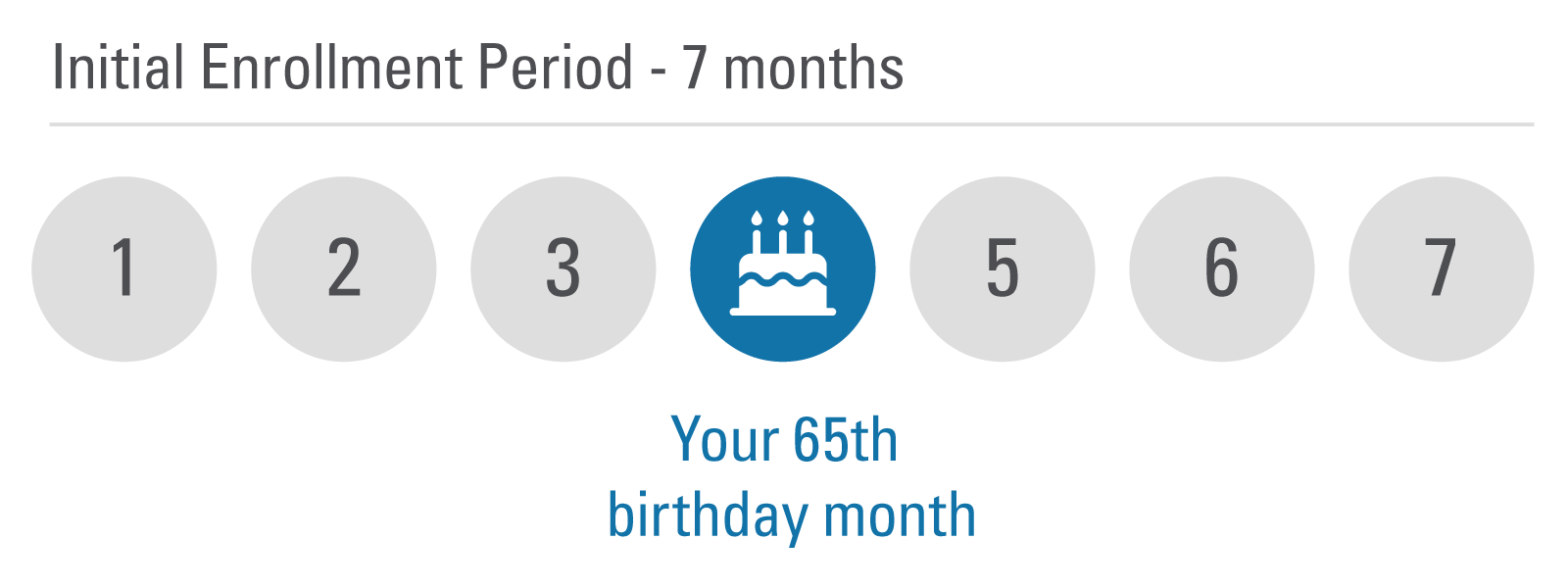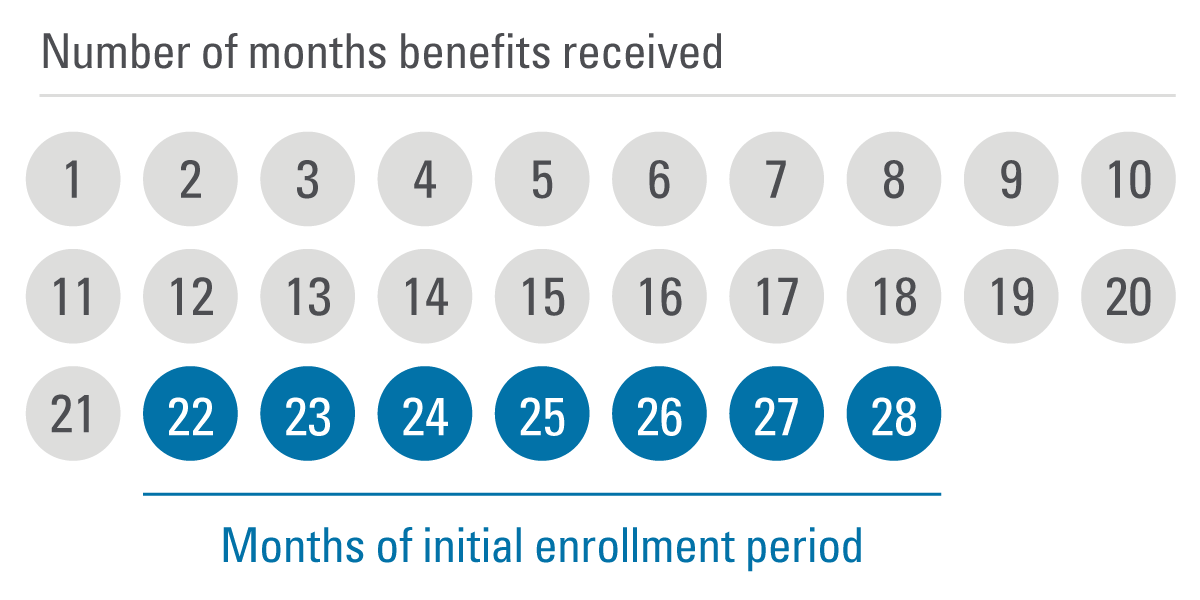Medigap (Medicare Supplement)
If you are enrolled in Medicare Part A and B (Original Medicare), Medigap plans can help fill the coverage gaps in Medicare Part A and Part B. Medigap plans are sold by private insurance companies and are designed to assist you with out-of-pocket costs (e.g., deductibles, copays and coinsurance) not covered by Parts A and B. These plans are available in all 50 states and can vary in premiums and enrollment eligibility. Medigap plans are standardized; however, all of the standardized plans may not be available in your area.
Costs
Premium |
All Medigap plans require that you continue to pay your Part B premium and a separate premium for Medigap coverage. |
|---|---|
Deductible |
Some plans have deductibles. |
Copays |
A copayment may apply to specific services. |
Coinsurance |
The percentage of coinsurance varies depending on plan. |




